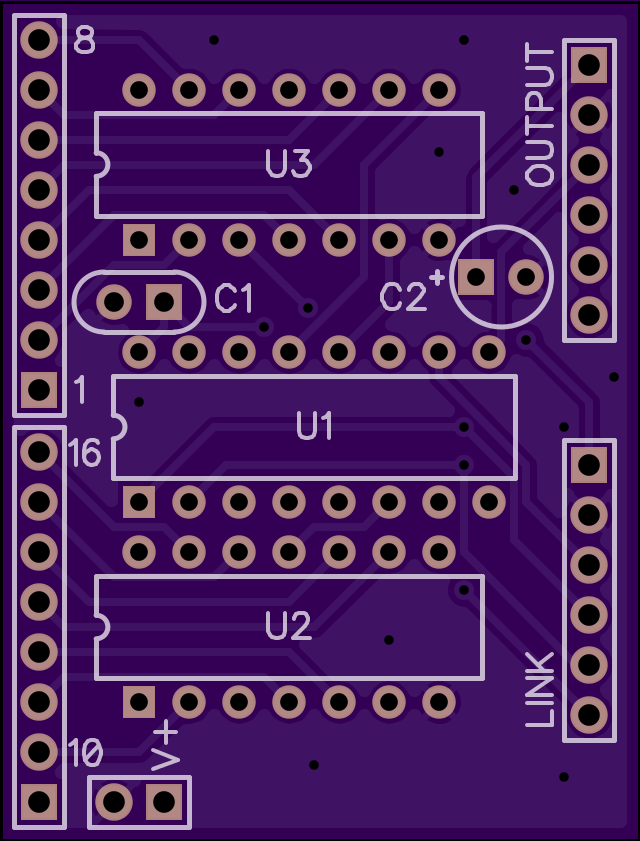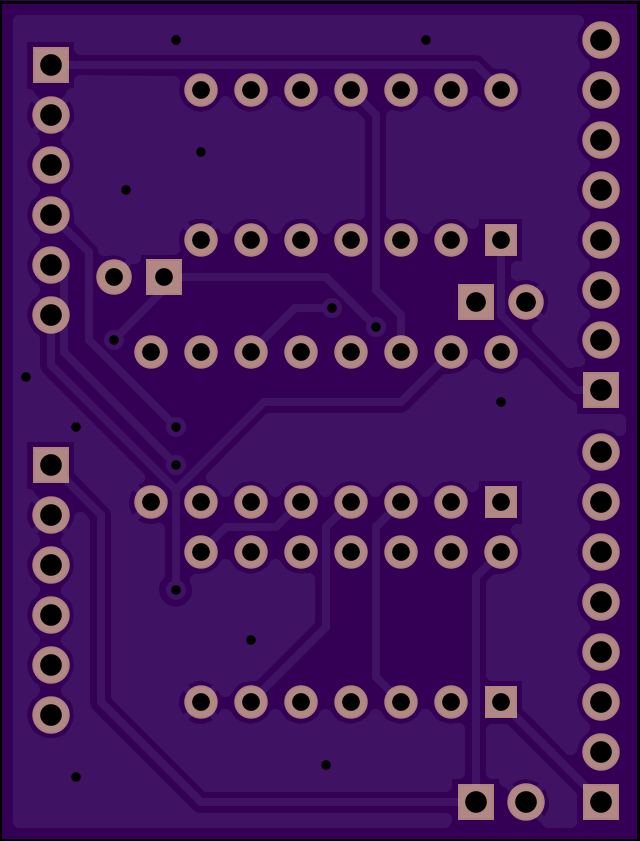I was doing some experimentation over the past couple of weeks, and I was able to make some progress on the largest sizes of horns. What I was attempting to do was drive a large diameter of pipe using a smaller diameter diaphragm, and I was able to drive a 3-inch 10 ft pipe using a 1-1/2-inch diaphragm. The problem arose when I realized that even the full 10 ft length of pipe was not actually going to be low enough for my target lowest pitch. This is a problem for a number of reasons, but the main issue is that, to put it briefly, I probably won't be able to use air horns for the lowest pipes. If I did, they would need to be close to 20 feet in length, and there would be a dozen of them that were longer than 10 ft and larger than 3 inches in diameter. The main reason for this is that an air horn, essentially acting as an open pipe, needs to be a half wavelength at the pitch it plays. Since my target lowest note is somewhere in the vicinity of 32 ft, that makes the whole thing even more inconvenient to build and move then I originally expected, not to mention the expense in parts and the ridiculous airflow requirements. On the other hand, if I move away from air horns, there are options available to make quarter wave pipes instead of half wave, which means that the lowest pipes are considerably shorter in length and therefore much easier to build and arrange.
My plan at this point is to try to build something resembling a more standard style of closed-end organ pipe, which basically functions like a giant whistle. I'm hoping I'll be able to make the fipple (the part that creates the tone) as a fixed design that works for multiple pitches, so that I can just stick one onto the end of each pipe of the largest size without needing to design each one individually. If this works, it will simplify things considerably, because making 3"-diameter air horns work correctly without shrieking wildly on the attack (the beginning of the note) is quite difficult, and it takes a not-insignificant time for a horn that size to start resonating.

